

Screw hooks are versatile fasteners used for hanging items in various applications. Understanding the different types, materials, and uses of screw hooks can help you choose the right one for your project, ensuring secure and reliable hanging solutions. This guide provides a comprehensive overview of screw hooks, covering their selection, installation, and common applications.Types of Screw HooksScrew hooks come in a variety of shapes and sizes to suit different needs. Here's a breakdown of some common types:Round Bend Screw HooksThese are the most common type of screw hooks, featuring a rounded bend that provides ample space for hanging items. They're suitable for light to medium-weight objects.Square Bend Screw HooksThese screw hooks have a square or rectangular bend, offering a more modern or industrial look. They can sometimes provide slightly more stability for heavier items compared to round bend hooks.Shoulder Screw HooksThese screw hooks have a shoulder or collar at the base of the hook, which helps to distribute weight and prevent the hook from being pulled too far into the material. They are ideal for hanging heavier items or when screwing into softer materials.Ceiling Screw HooksDesigned specifically for ceiling applications, these hooks often feature a longer shank to provide extra support and prevent them from pulling out of the ceiling. They are often used for hanging plants, lighting fixtures, or decorations.Vinyl Coated Screw HooksThese screw hooks are coated with vinyl, which provides a protective layer that prevents rust and corrosion. The coating also adds a decorative touch and can protect items from being scratched. They are ideal for outdoor use or in humid environments.Materials of Screw HooksThe material of a screw hook determines its strength, durability, and resistance to corrosion. Common materials include:SteelSteel is a strong and durable material commonly used for screw hooks. It is often plated with zinc or other coatings to prevent rust. Steel screw hooks are suitable for a wide range of applications.Stainless SteelStainless steel is highly resistant to corrosion, making it ideal for outdoor use or in humid environments. Stainless steel screw hooks are more expensive than steel hooks but offer superior durability and longevity.BrassBrass screw hooks are often used for decorative purposes due to their attractive appearance. They are also relatively resistant to corrosion but are not as strong as steel or stainless steel.Choosing the Right Screw HookSelecting the right screw hook depends on several factors, including the weight of the item you're hanging, the material you're screwing into, and the environment. Consider these tips:Weight CapacityAlways check the weight capacity of the screw hook before using it. Exceeding the weight limit can cause the hook to fail, potentially damaging your item or causing injury. Choose a hook that can safely support the weight of your item with some margin for error.Material CompatibilityEnsure that the screw hook is compatible with the material you're screwing into. For example, if you're screwing into drywall, you'll need to use a drywall anchor to provide additional support. For wood, you can usually screw directly into the material, but for harder woods, pre-drilling a pilot hole may be necessary.Environmental FactorsIf you're using the screw hook outdoors or in a humid environment, choose a material that is resistant to corrosion, such as stainless steel or vinyl-coated steel. This will prevent the hook from rusting and ensure its longevity.How to Install Screw HooksInstalling screw hooks is a straightforward process, but it's important to do it correctly to ensure a secure hold:1. Gather Your SuppliesYou'll need the screw hooks, a drill (optional), a screwdriver (optional), and any necessary anchors or pilot hole drill bits.2. Mark the SpotMark the location where you want to install the screw hook. Use a pencil or marker to make a clear mark.3. Pre-Drill a Pilot Hole (Optional)For hard materials like hardwood or plaster, pre-drilling a pilot hole can make installation easier and prevent the material from splitting. Choose a drill bit that is slightly smaller than the diameter of the screw hook's threads.4. Screw in the Screw HookInsert the tip of the screw hook into the marked spot or pilot hole. Turn the hook clockwise, applying steady pressure until it is fully screwed into the material. You can use a screwdriver or pliers to get a better grip if needed.5. Test the HookBefore hanging your item, test the screw hook by gently pulling on it to ensure it is securely installed. If it feels loose, try tightening it or using a larger anchor.Common Applications of Screw HooksScrew hooks are used in a wide variety of applications, including:Hanging Pictures and MirrorsSmall screw hooks are ideal for hanging lightweight pictures and mirrors on walls. Use appropriate anchors for drywall or plaster.Organizing Tools in the GarageScrew hooks can be used to hang tools, garden equipment, and other items in the garage, helping to keep the space organized.Hanging PlantsCeiling screw hooks are commonly used for hanging plants indoors or outdoors. Ensure the hook is strong enough to support the weight of the plant, especially when the soil is wet.Stringing LightsScrew hooks are useful for stringing lights around patios, decks, or gardens. They provide a secure and easy way to hang the lights without damaging the surrounding structures.Creating Storage SolutionsScrew hooks can be used to create custom storage solutions in closets, pantries, and other areas. They can be used to hang clothes, bags, or other items.Safety Tips for Using Screw HooksWhen using screw hooks, keep these safety tips in mind: Always check the weight capacity of the hook before using it. Use appropriate anchors for the material you're screwing into. Avoid overloading the hook, as this can cause it to fail. Inspect screw hooks regularly for signs of wear or damage. Wear safety glasses when installing screw hooks to protect your eyes from debris.Troubleshooting Common IssuesHere are some common issues you might encounter when using screw hooks and how to resolve them:Screw Hook Pulling OutIf the screw hook is pulling out of the material, it may be overloaded, or the material may be too soft. Try using a larger anchor or a different type of hook with a wider base. You can find reliable products from companies like Hebei Muyi Import&Export Trading Co.,Ltd.Screw Hook Bending or BreakingIf the screw hook is bending or breaking, it is likely being overloaded. Choose a stronger hook with a higher weight capacity. Consider using a steel or stainless steel hook for added durability.Difficulty Screwing in the Screw HookIf you're having trouble screwing in the screw hook, try pre-drilling a pilot hole. This will make it easier to insert the hook and prevent the material from splitting.Screw Hooks: A Comparison TableBelow is a table comparing different types of screw hooks based on material, strength, and common applications. Type Material Strength Common Applications Round Bend Steel, Stainless Steel Medium Hanging pictures, light decorations Square Bend Steel, Stainless Steel Medium Hanging pictures, industrial decor Shoulder Steel, Stainless Steel High Hanging heavier items, distributing weight Ceiling Steel, Stainless Steel High Hanging plants, lighting fixtures Vinyl Coated Steel Medium Outdoor use, preventing scratches ConclusionScrew hooks are essential fasteners for a variety of hanging applications. By understanding the different types, materials, and installation techniques, you can choose the right screw hook for your project and ensure a secure and reliable hold. Always prioritize safety and follow the tips outlined in this guide to avoid common issues and ensure the longevity of your screw hooks. For reliable and durable screw hooks, consider exploring the options available at Hebei Muyi Import&Export Trading Co.,Ltd.

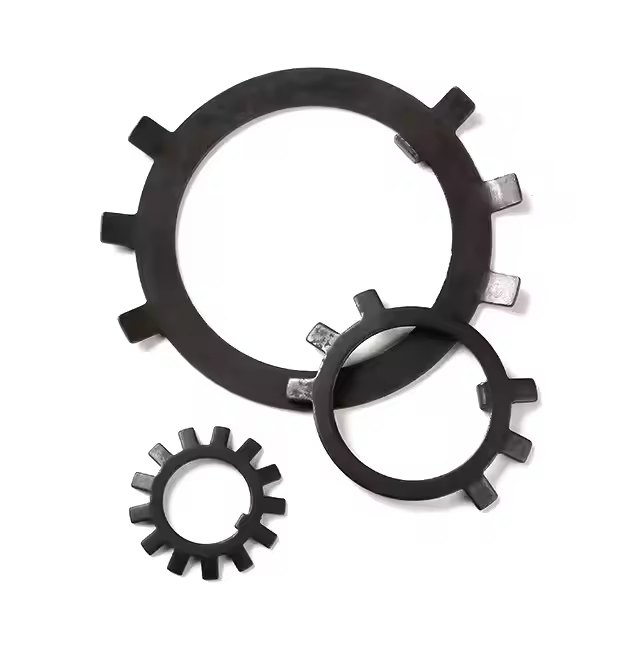

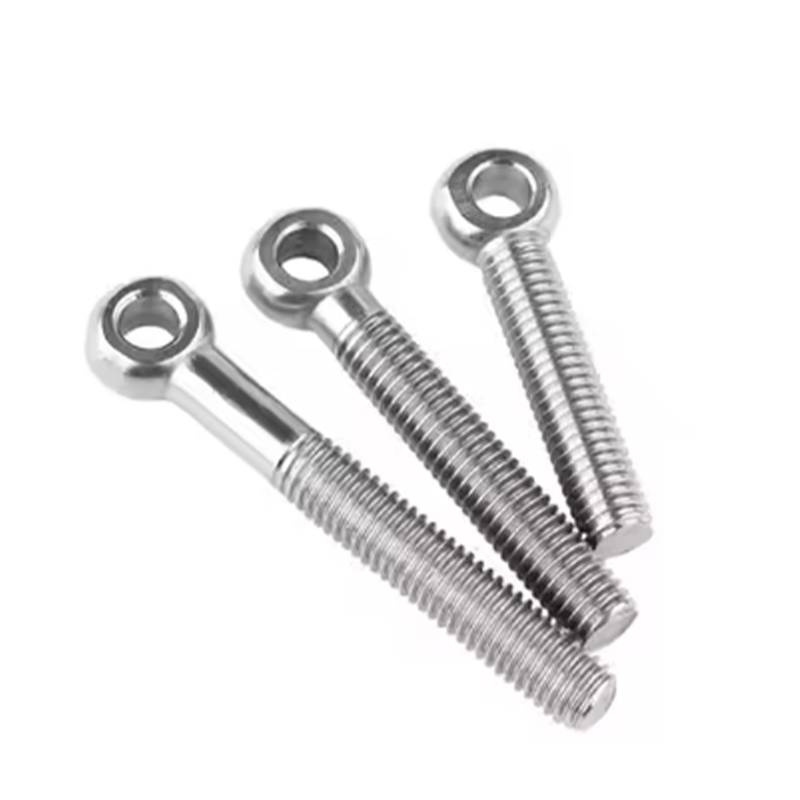

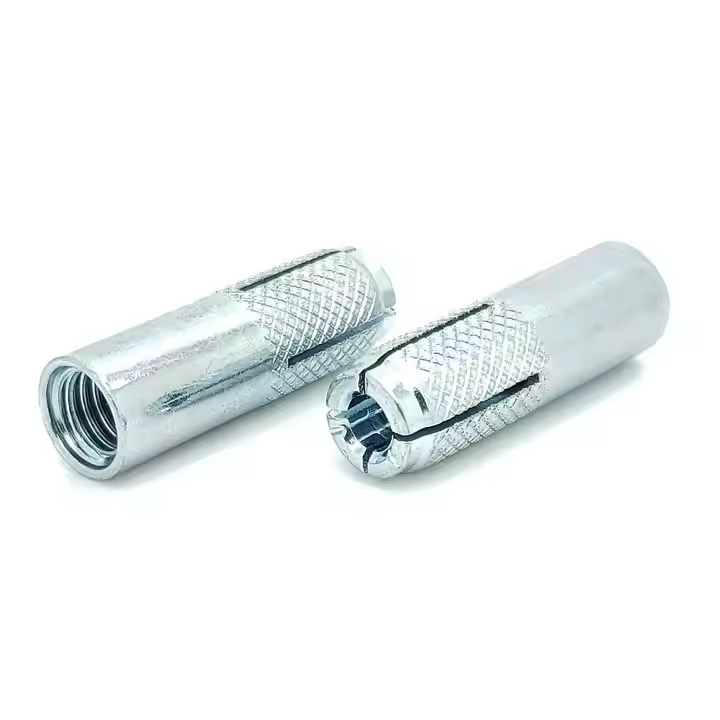
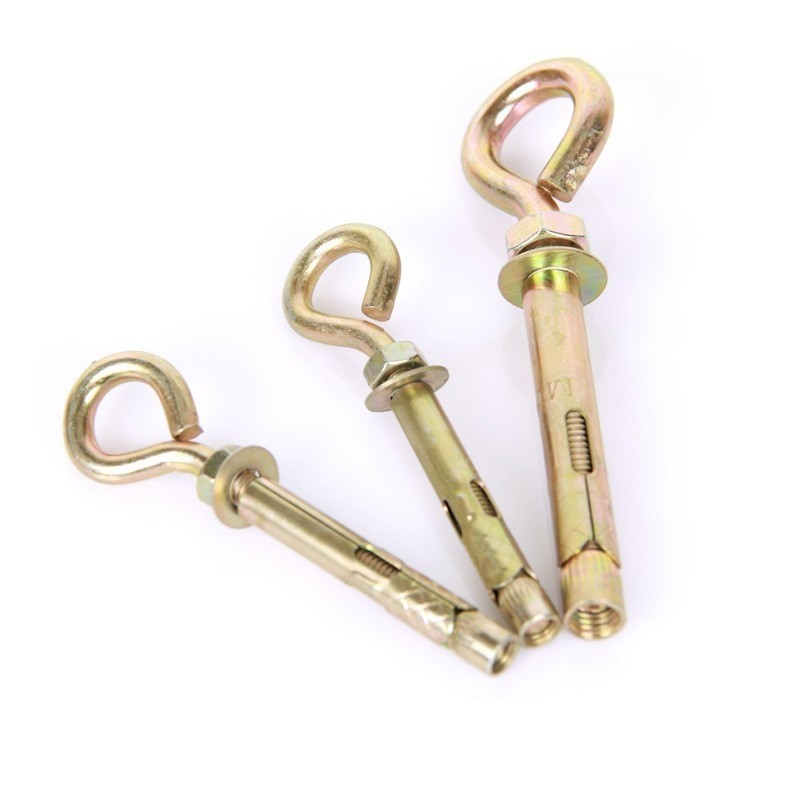
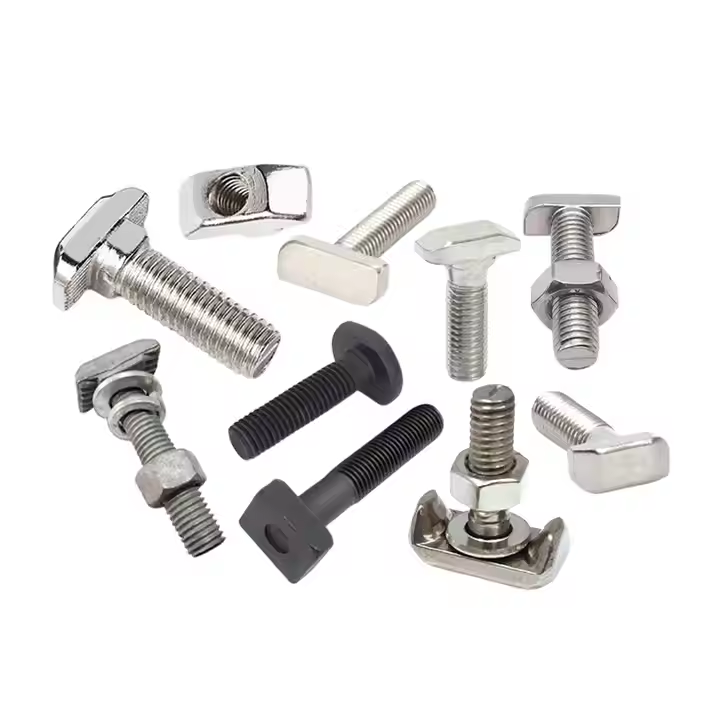
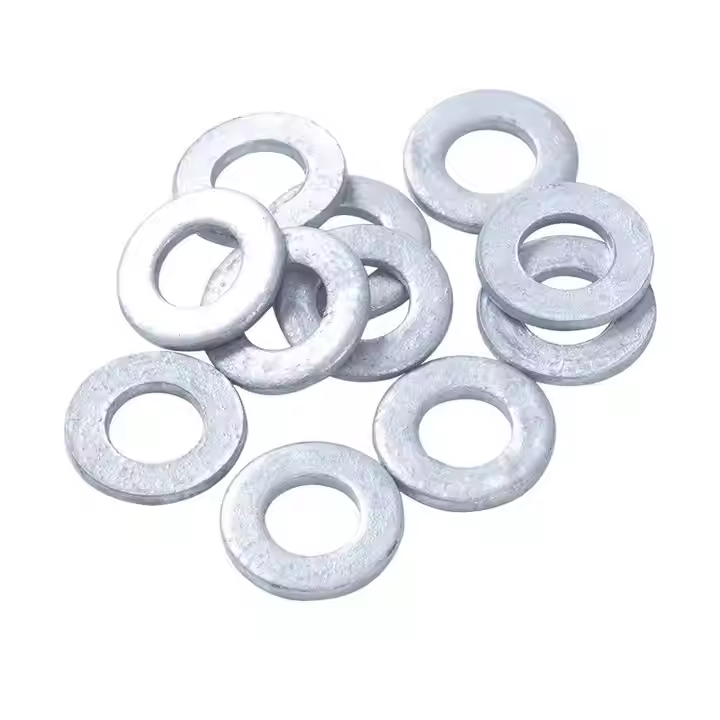
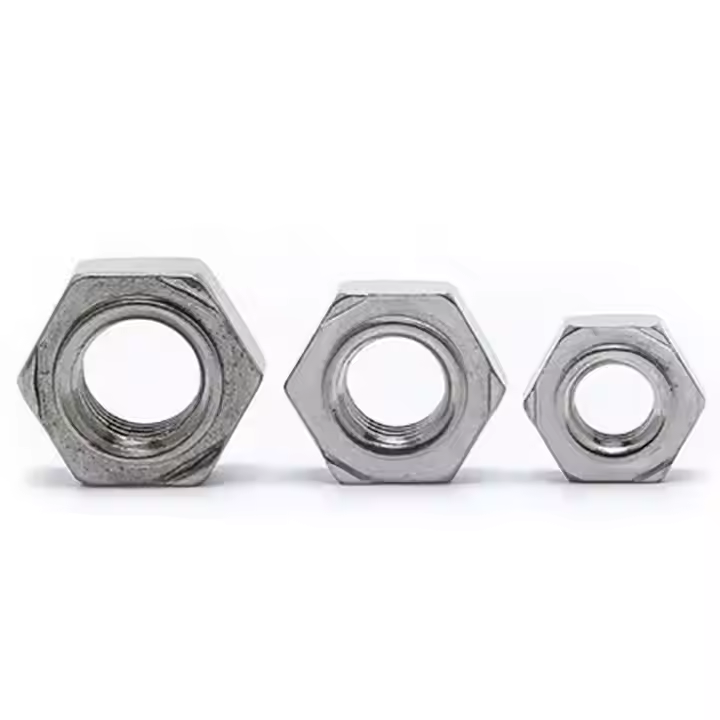
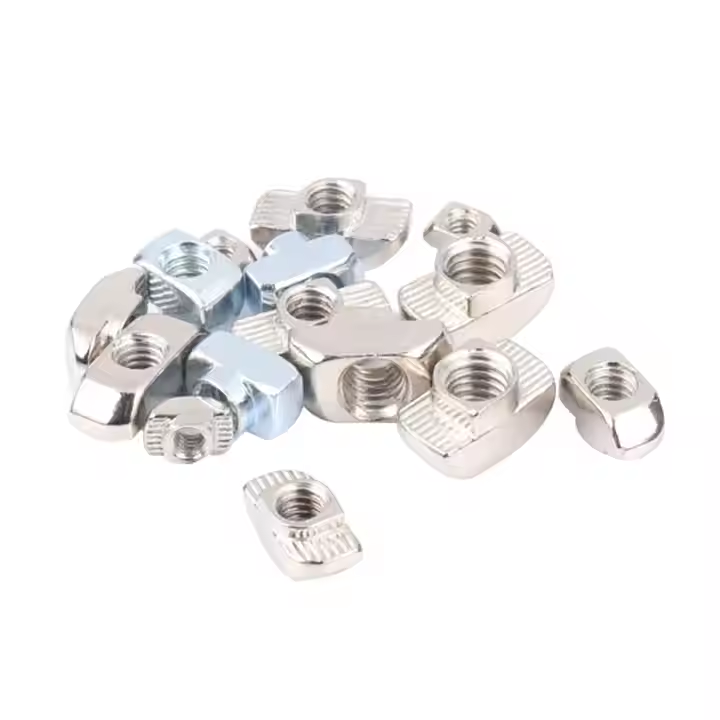
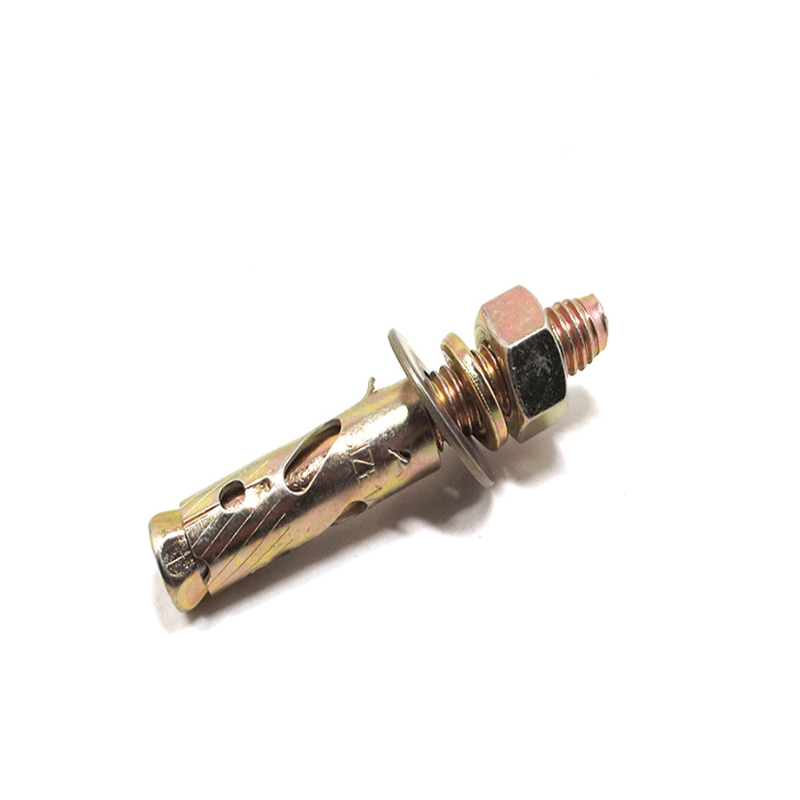
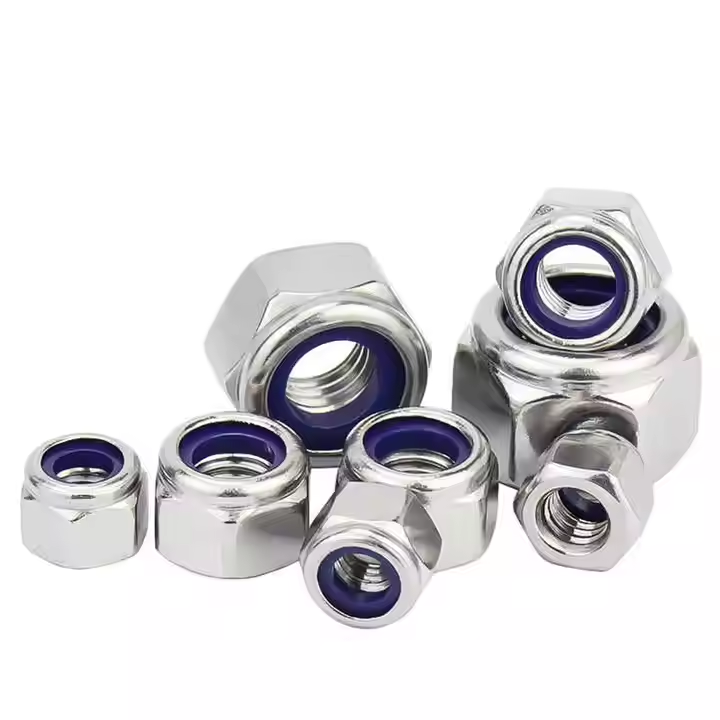
Please enter your email address and we will reply to your email.